Fascinating-looking book by Steve Huskey of animal skeletons in dynamic poses. Lots of photos at the Nature Conservancy site.
Month: March 2017
Johnny B. Goode’s Story – From His Mother’s Perspective
She remembered taking money out from gathering crop
And buying Johnny’s guitar at a broker shop
In 1958 Chuck Berry wrote the story of Johnny B. Goode. Two years later, he retold Johnny’s story, this time from the perspective of his mother, who bought him his guitar and his bus ticket to Hollywood.
The Georgia Satellites thought it rocked, too.
Land Rover with a Landing Pad
Project Hero is a Land Rover Discovery with a Landing Pad on the roof for your drone. The drone can land on the roof while the Land Rover is in motion; a powered cover keeps it from getting blown off the roof. Use it to find out why you’re stuck in traffic on the highway, or, as originally intended, to assist Red Cross emergency response teams. Details at Land Rover.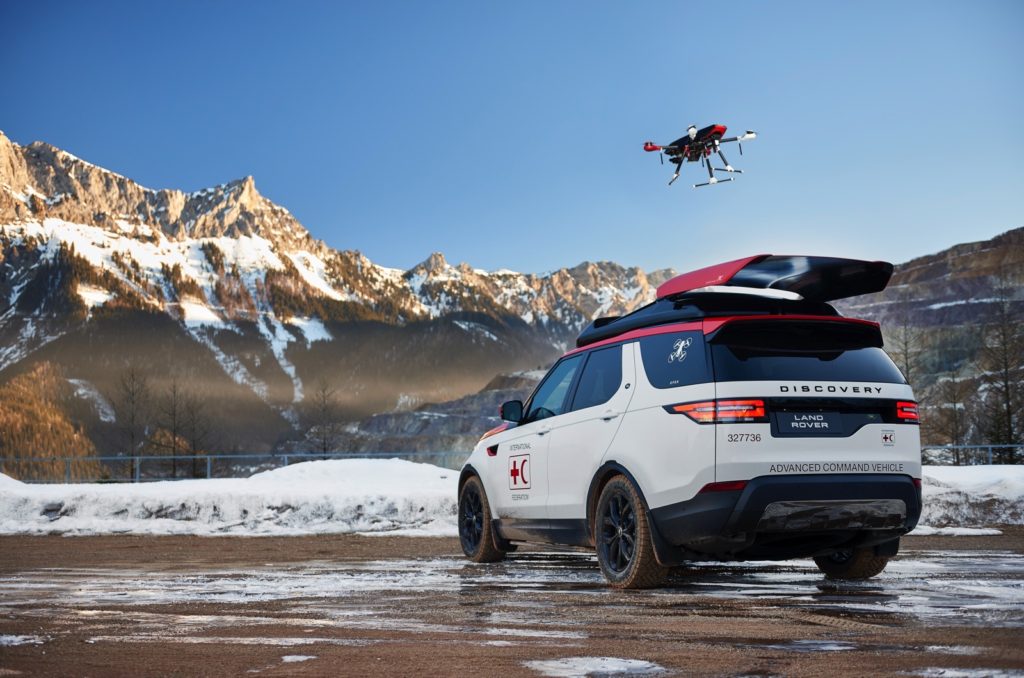
![]()
Johnny B. Goode
You provide the backing band and pay me up front, in cash. I’ll play Johnny B. Goode.
RIP Chuck Berry
Zooarchaeology in Pennsylvania
This 2015 post on This Week in Pennsylvania Archaeology is about zooarchaeology and includes new photos of animal bones and cut marks from the famous Eschelman Site in Lancaster County, which was the subject of one of the earliest systematic analyses of bone modification marks on an American faunal assemblage.
Reference:
Guilday, John E., Paul W. Parmalee and Donald P. Tanner
1962 Aboriginal Butchering Techniques at the Eschelman Site (36LA12), Lancaster County, Pennsylvania. Pennsylvania Archaeologist 32(2):59-83.
Fiddler’s Creek Preserve, Titusville, New Jersey
Just across a narrow road from the Ted Stiles Preserve, the Fiddler’s Creek Preserve includes a large open area of former farmland and a wooded ravine.
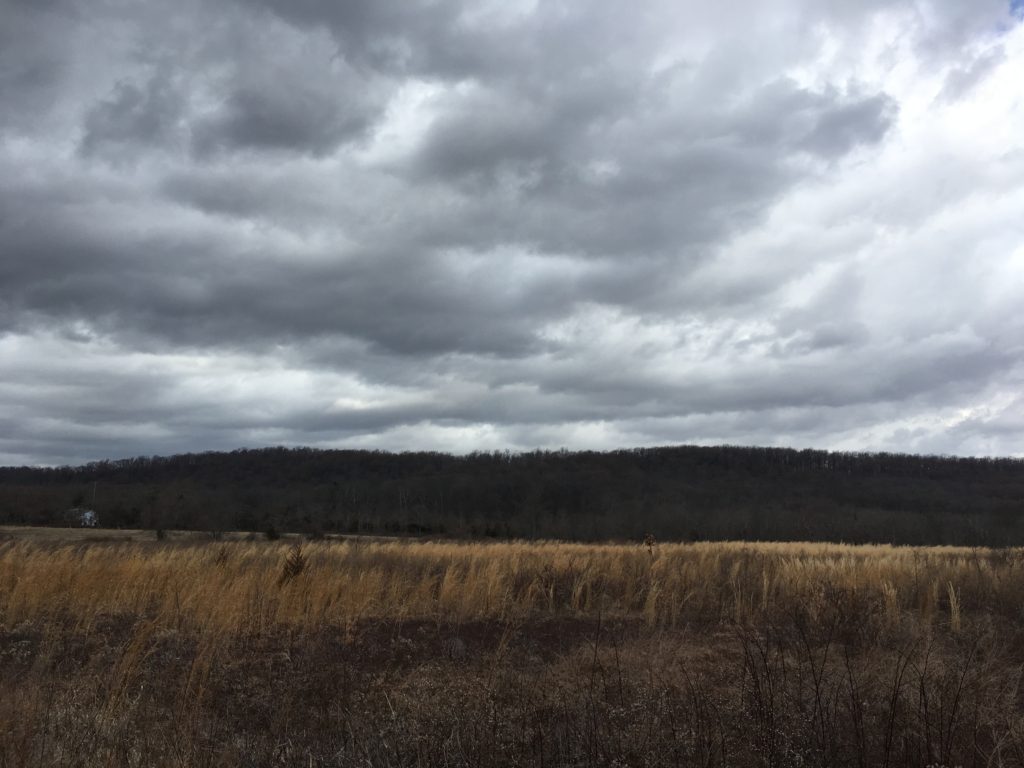
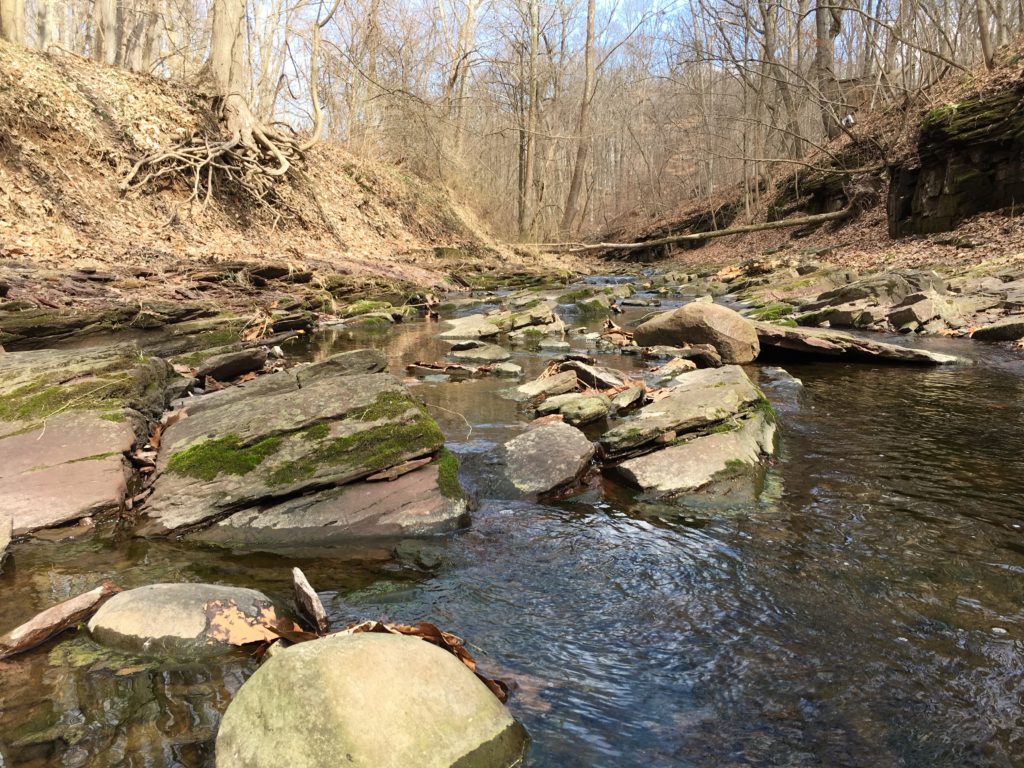
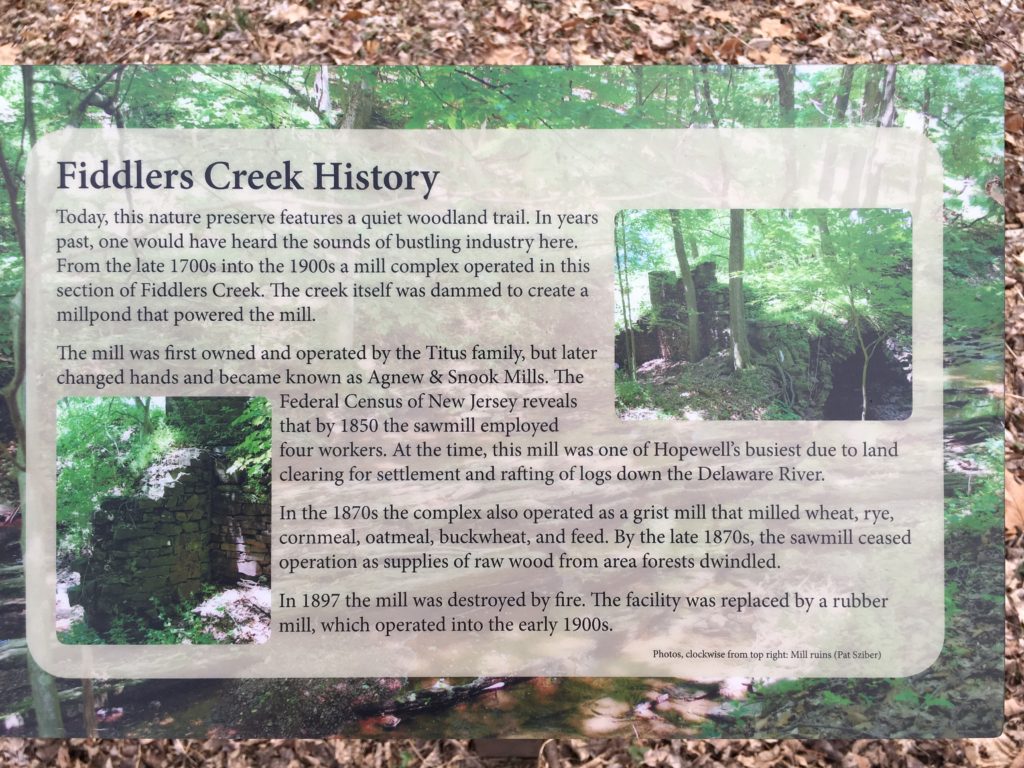
“Dish Camp” for Historic Ceramics Aficionados-Scholarship Available

Note that the deadline for applying is coming soon!
Historic Eastfield Foundation is pleased to announce that it will offer two scholarships for emerging ceramics scholars to attend the Historic Ceramics Symposium, better known as “Dish Camp”, June 23-24, 2017 at Historic Eastfield Village in East Nassau, New York. Scholarship recipients will receive a tuition waiver for the two day program, lunch both days, and a period dinner on Saturday night. Recipients will be responsible for their own transportation and lodging. Primitive lodging at Brigg’s Tavern is available on site for no cost.
Those interested in applying should provide a one page written essay that discusses their personal interest in historic ceramics and why they believe that attending Dish Camp would benefit their education. Please send your essay and contact information via email to Debbie Miller, Program Chair, at deblmiller@hotmail.com<mailto:deblmiller@hotmail.com>.
Can Six Eggs Show Whether Passenger Pigeons Became Functionally Extinct?
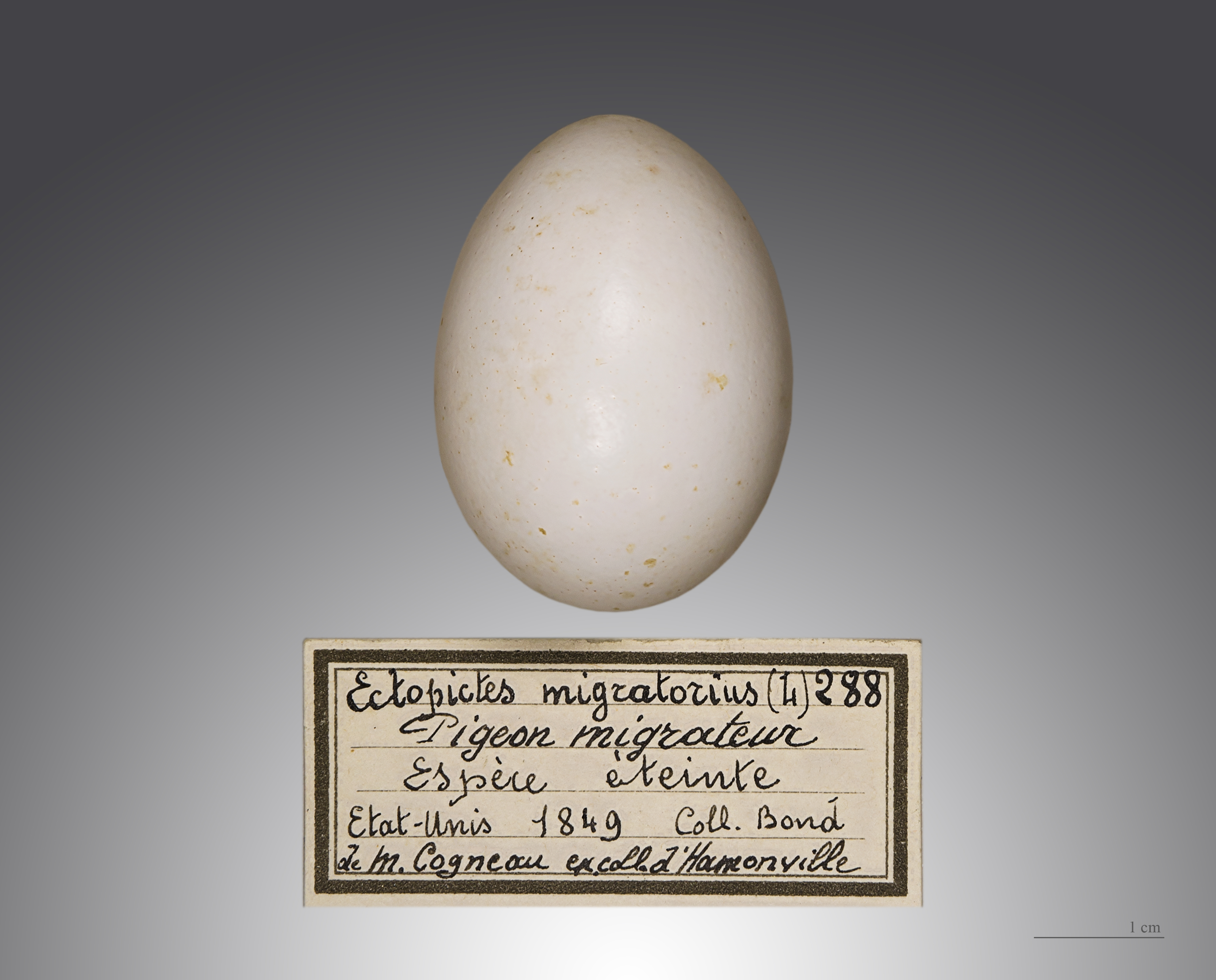
David L. Roberts, Ivan Jarić and Andrew R. Solow, attempt to test the hypothesis that passenger pigeon became functionally extinct, “defined as permanent reproductive failure prior to true extinction” (p. 3) before their actual extinction in the wild around 1902.
Martha, the last captive passenger pigeon, of course, survived until 1914, and you could say that the passenger pigeon truly became functionally extinct by 1910 when George, the last captive male pigeon died. Roberts and colleagues, however, are trying to test a hypothesis some researchers have raised in recent years, that wild passenger pigeons needed to gather in enormous flocks to reproduce successfully. According to this argument, once those great nestings were no longer possible because of overhunting and harassment at the nesting sites by humans, the passenger pigeon was doomed to extinction, even though many thousands of them were still alive.
Therefore, it’s interesting that, based on their statistical test, the authors conclude that the passenger pigeon actually was not functionally extinct. I’ll leave it to mathematicians to evaluate the actual statistical method, but a big question is whether the data they used in their study is robust enough to support that conclusion. That data is records of eggs and skins in museum collections across the world (obtained from the Ornis2 database) collected between 1825 and 1900, with most of the samples from roughly the 1860s to 1890s. Their sample consists of 213 skins and 44 eggs. For reasons that are not clear in the article, they further reduce their sample to specimens collected from 1890 onwards (the “observation period”). Their sample size? Twenty-seven skins and six eggs. Unaddressed is the issue of data quality. The museum specimens were not systematically collected and really can’t be considered a random sample representative of the wild population at the time. The data in Ornis2 also may not be complete; there is an egg collected in Minnesota in 1895 (see Greenberg), for example, that is not included in the six eggs from the 1890s used in their study.
It is important to develop new methods of studying extinction, and if this work does that, it will be valuable, but I caution against putting too much weight on the conclusion regarding the extinction of the passenger pigeons.
On the functional extinction of the Passenger Pigeon (accepted manuscript in Conservation Biology)
The Video Rental Store/Passenger Pigeon Connection
It’s just a passing simile, but reviewer Joe Hill compares video rental stores, ubiquitous just a decade or two ago, with passenger pigeon flocks in his review of the book Universal Harvester, a mystery of sorts by lead Mountain Goat John Darnielle.
Was the disappearance of video rental stores from the American landscape a sudden, overnight event, or were there clues that their demise was coming? That question played out on a smaller scale in the first episode of Starlee Kine’s first episode of the Mystery Show podcast, which itself now appears to be as extinct as the passenger pigeon. What is not extinct, however, is the video rental store. In fact, the largest video rental store is thriving, with 759 stores in the Midwestern U.S. and in Canada.
Givin It Up For Your Love – Delbert McClinton
Self-abnegation with cowbell: Delbert McClinton, Live from Austin, 1989


